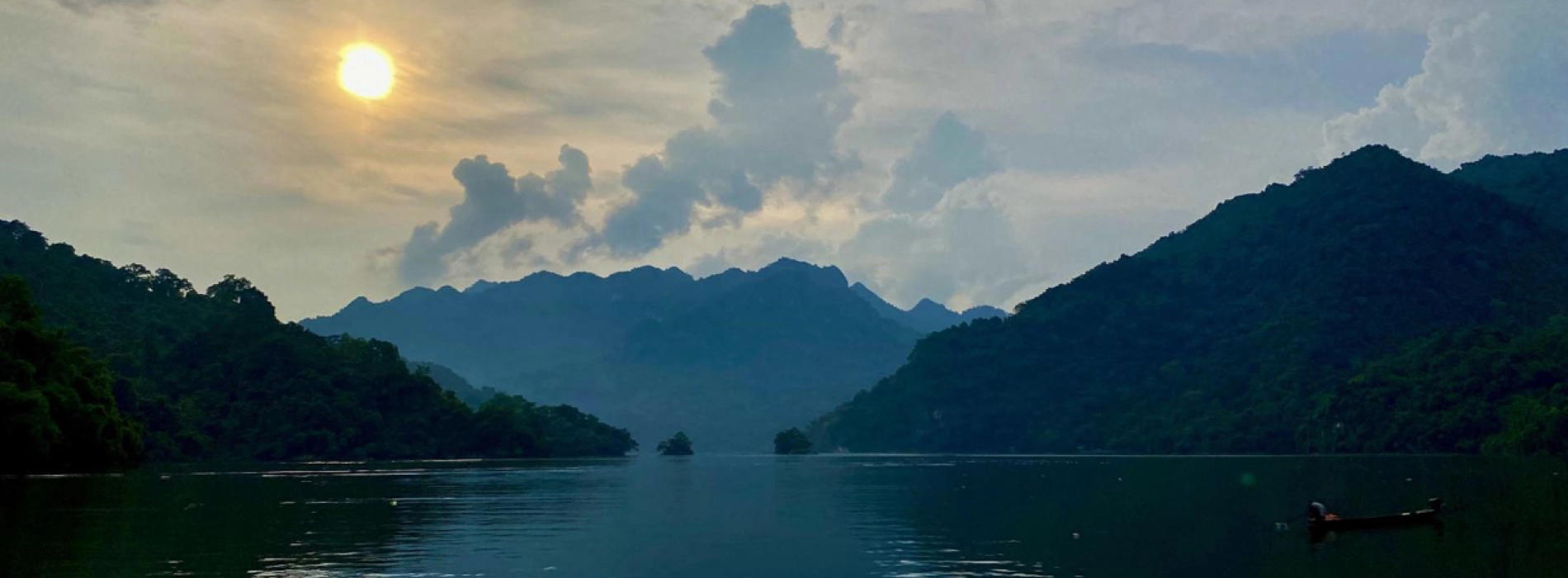Komodo National Park is located in the center of the Indonesian archipelago, between the islands of Sumbawa and Flores. Created in 1980, the primary goal of the park was to have preserve the unique Komodo dragon (Varanus komodoensis) and its habitat. However, over the years, the park's objectives have expanded to protect all of its terrestrial and marine biodiversity. In 1986, the Park was classified as a World Heritage Site and a Man and Biosphere Reserve by UNESCO, both indications of the park's biological importance.
Komodo National Park comprises three major islands: Komodo, Rinca and Padar, as well as numerous smaller islands creating a total area (marine and terrestrial) of 1817 km (the proposed extensions will bring the total area up to 2,321 km2). In addition to being the home of the Komodo dragon, the park offers refuge for many other remarkable terrestrial species such as the orange-footed scrub fowl, an endemic rat, and the Timor deer. Moreover, the park includes one of the richest marine environments, including coral reefs, mangroves, seagrass beds, seamounts, and semi-enclosed bays. These habitats are home to more than 1,000 fish species, some 260 reef coral species and 70 sponge species. Dugong, sharks, manta rays, at least 14 species of whales, dolphins and sea turtles, all are also part of Komodo National Park.
